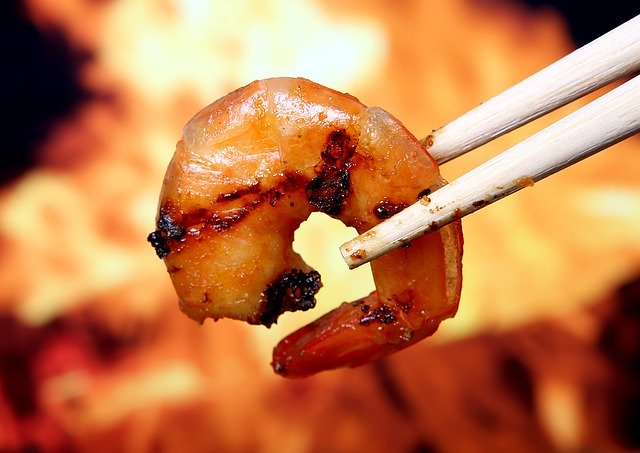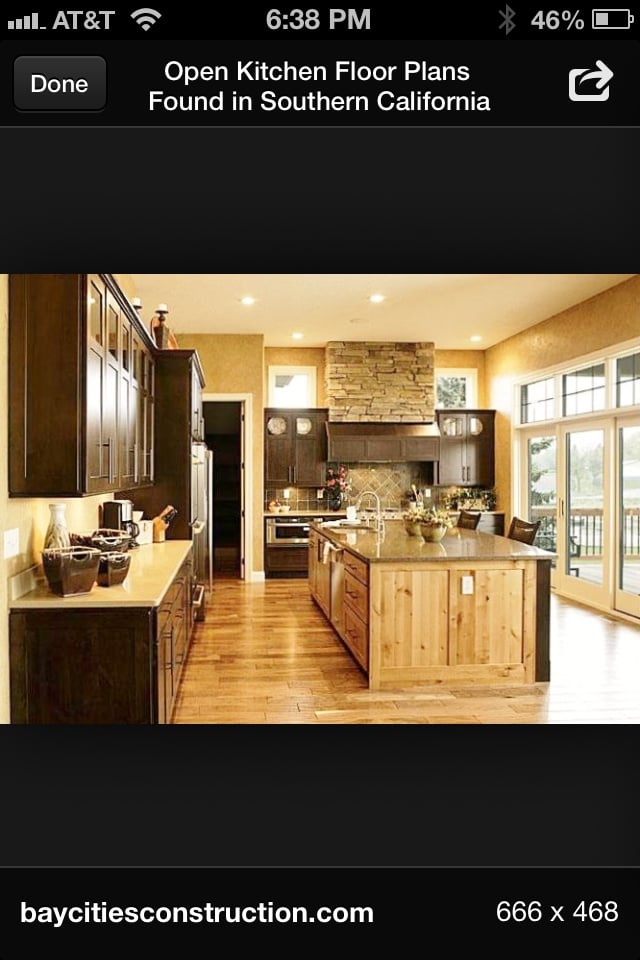You’ve mastered burgers and steaks, and you’re ready to elevate your grilling game to the next level. Think succulent spare ribs, tender brisket, fresh-caught salmon, or — why not? — your Thanksgiving turkey. That means it’s time to invest in a pellet smoker, which imparts a mouthwatering, wood-smoked flavor to your food.
Pellet smokers, also called pellet grills, are growing in popularity for several reasons. The pellets themselves come in a variety of hardwoods, meaning you can combine different types to create unique flavor profiles. Pellets are also affordable and long-lasting, and they don’t require propane or starter fluid to ignite the flames. Additionally, pellet smokers allow you to cook with indirect heat at a wide range of temperatures, so you can quickly grill up some vegetables or slowly roast prime rib or pulled pork to perfection. Of course, there are a lot of pellet smokers with an array of cool features. How do you go about choosing the best one for you? Here’s what you should keep in mind.
Anatomy of a Pellet Smoker
When buying a pellet grill, it helps to know exactly what you’re getting. Once you learn what the smoker’s key components are, you’ll have a better understanding of how it works so you can have the optimal grilling experience.
- The hopper. This box is where you put the pellets, which serve as fuel for your smoker. The amount of pellets necessary depends on several factors, such as the temperature setting and the length of cooking time. Generally, the longer or hotter you’re grilling, the more pellets you need.
- The digital controller. Punch in the desired grill time and temperature, turn the smoker on, and you’re good to go.
- The auger. Once you’ve set the time and temperature, this mechanism moves the pellets into the smoker’s fire pot as needed.
- The fire pot. This is where the magic happens. Once the wood pellets are ignited by hot rods in the fire pot and you close the lid of the pellet smoker, built-in fans help propel the smoke and create an even heat similar to what you get with a convection oven. Temperature is easier to consistently and precisely control with this system.
- Grate, drip pan, and heat baffle. As with other types of grills, pellet smokers come with a grate for the cooking surface. However, these smokers also have a drip pan and heat baffle located under the grate and over the firepot. This creates the indirect, even heat ideal for slow-roasting, and the pan also prevents meat juices from falling into the flames and igniting. Some pellet grills even let you remove part of the drip pan if you want to cook certain foods with direct flame.
These are the basics that’ll get you cooking, but there are other things to consider when buying your pellet smoker. When looking at the following features, remember that your decisions will often come down to personal preference. What you’ll be grilling, where the smoker will be located, how much you’ll be using it — these are just some of the factors to keep in mind.
What to Look for in a Pellet Smoker
- Price point. Some models are priced under $1,000, while high-end pellet grills reach upward of $5,000. It all depends on your budget.
- Type of pellet grill. Smokers are freestanding or can be built into your outdoor kitchen. There are even portable models for pellet grilling on the go.
- Sturdy construction. You won’t get maximum flavor or efficiency if your pellet smoker can’t adequately retain heat. Look for a grill with a steel lid that fits smoothly into place, without any gaps that let heat escape. A stainless steel smoker that withstands rust is ideal.
- Temperature range. Generally, many pellet grills can heat to a range of 180–425 degrees Fahrenheit. This gives these smokers great versatility in the types of cooking methods that can be used — you can even bake cookies, bread, cobblers, or other delicious treats. If you like to sear meats, look for a pellet grill that heats to a higher temperature or offers a zone where you can cook over direct flame.
- Type of controller. Pellet smokers are easy to use, and the controller makes it even easier. Certain controllers may offer simple “low,” “medium,” and “high” settings, while others have a knob with several temperature presets. More advanced models feature digital controls that maintain accurate temperatures with only a slight variance and will add pellets automatically when needed.
- Grilling surface. If you regularly entertain outdoors or grill large cuts of meat, you want a smoker with a large grilling area. In addition to the main cooking grate, some smokers include a secondary rack.
- Bonus features. Master grillers can make the most of their pellet grill with add-ons and upgrades. You don’t need to guess when your pork tenderloin is done if you use a programmable meat probe that connects to the smoker, and an added rotisserie makes moist smoked chicken a snap to cook. You can also use an attachment to cold-smoke fish or cheese. For tech-savvy grillers, the ultimate amenity may be Wi-Fi control that lets you can monitor the grill from your tablet or smartphone.
Pellet smokers are a must-have for grilling enthusiasts. The simplicity of use, versatility, and consistency are among their many advantages — and of course, don’t forget the savory, wood-smoked flavor in every bite of food. Grilling with wood pellets opens up a whole new world of outdoor cooking, one which you’ll enjoy exploring with a smoker. Cherrywood-smoked spicy chicken wings, maple-glazed salmon grilled over pecan wood pellets — the only limit to what you can cook is your own creativity.





